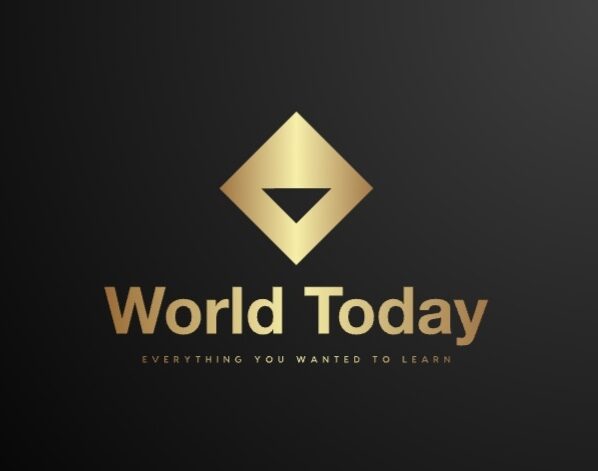
In the early 2000s, when internet connections crackled with the sound of dial-up modems and international phone calls cost a small fortune, two entrepreneurs set out to change the world. They didn’t know it then, but they were about to create a revolution in communication—a revolution called Skype.
A Bold Beginning
The story of Skype begins in 2003 with Niklas Zennström from Sweden and Janus Friis from Denmark. The duo had already worked together on the controversial peer-to-peer file-sharing service Kazaa, which, despite legal challenges, showed them the raw power of decentralized networks. Their next idea was even more ambitious: using similar peer-to-peer technology to create free voice calls over the internet.
Working with a team of Estonian developers—Ahti Heinla, Priit Kasesalu, and Jaan Tallinn—they launched Skype in August 2003. The name “Skype” was a shortening of “Sky peer-to-peer” (originally “Skyper,” later trimmed). It was simple, brilliant, and addictive: download a free app, plug in a headset, and talk to anyone in the world for free. No monthly bills, no national borders.
By 2004, Skype had already gained a million users. It wasn’t just a tool—it felt like a superpower.
The Meteoric Rise
In 2005, the tech world officially woke up to Skype’s potential when eBay bought the company for $2.6 billion. eBay believed Skype could revolutionize customer-to-seller communication on their platform. It was a bold move but ultimately a mismatch. Skype didn’t fit eBay’s core business, and integration efforts felt forced and awkward.
Despite the odd parent company, Skype itself continued to thrive. It introduced video calls in 2006, becoming one of the first mainstream platforms to popularize face-to-face internet conversation. Suddenly, long-distance families, lovers, and even businesses had a simple, personal way to connect visually across oceans.
By 2010, Skype had over 600 million users, and Skype calls made up a stunning 25% of the world’s international phone traffic.
Microsoft’s Big Bet
Sensing Skype’s immense potential, Microsoft swooped in and bought Skype from eBay’s spin-off group in 2011 for a whopping $8.5 billion—at the time, the largest acquisition in Microsoft’s history.
Under Microsoft’s ownership, Skype became a centerpiece of their communication strategy. It replaced Windows Live Messenger (MSN Messenger), was deeply integrated into Office, Xbox, and later into Windows 8 and Windows 10. Skype was poised to be Microsoft’s answer to Apple’s FaceTime, Google’s Hangouts, and later, Facebook Messenger.
But then, slowly, things began to crack.
The Decline
Microsoft’s stewardship of Skype was… complicated.
Instead of nurturing Skype’s original peer-to-peer efficiency, they shifted it toward centralized servers to make integration and surveillance easier. The move hurt Skype’s performance and reliability, angering longtime users who noticed the once snappy, lightweight program had become bloated and sluggish.
Meanwhile, the tech landscape was evolving rapidly:
- WhatsApp exploded in popularity, offering free text and calls directly from mobile phones.
- FaceTime captured the iPhone market.
- Zoom later became the gold standard for video calls—especially during the COVID-19 pandemic.
- Even Discord ate into Skype’s gaming audience.
Skype’s design updates also turned many users away. Microsoft attempted to “modernize” Skype in the late 2010s with flashy, Snapchat-like features nobody asked for. The platform lost its identity. It wasn’t fun. It wasn’t professional. It wasn’t cool. It was… something in between—and worse, it wasn’t reliable.
In the business world, Skype for Business (an offshoot created in 2015) tried to compete with Slack and later Microsoft Teams. But Microsoft made a fateful decision: they chose to focus their energy and marketing muscle on Teams, not Skype.
Death by Neglect
By 2020, Skype was largely an afterthought. The COVID-19 pandemic, which could have been Skype’s moment to shine (people needed video communication more than ever), instead belonged to Zoom and Teams. Skype, the pioneer, was left on the sidelines.
Microsoft began pushing users—both individuals and corporations—to move to Teams instead. They stopped innovating Skype in any meaningful way. The brand, once associated with futuristic communication, became a ghost of its former self.
In 2025, after years of dwindling updates and vanishing relevance, Microsoft officially announced what had long been expected:
Skype would be shutting down permanently.
The Legacy of Skype
For many, the death of Skype feels like the end of an era.
Skype was the app that connected long-distance lovers for free.
Skype was the platform that allowed grandparents to see their grandkids halfway across the world.
Skype was the tool that helped thousands of startups and freelancers operate globally when they couldn’t afford anything else.
Skype was the first glimpse, for millions, that the internet could truly erase borders.
It’s easy to criticize Microsoft for mismanaging Skype—and many will. But in the bigger picture, Skype’s story is also one of inevitable evolution. The world of tech moves brutally fast. New platforms rise; old ones fade. If you pause too long, you die.
Still, Skype’s impact is undeniable. Without Skype, there might never have been Zoom, or Teams, or Discord. Skype laid the groundwork.
And for a brief, beautiful moment in internet history, it made the world feel smaller. Goobye, Skype
